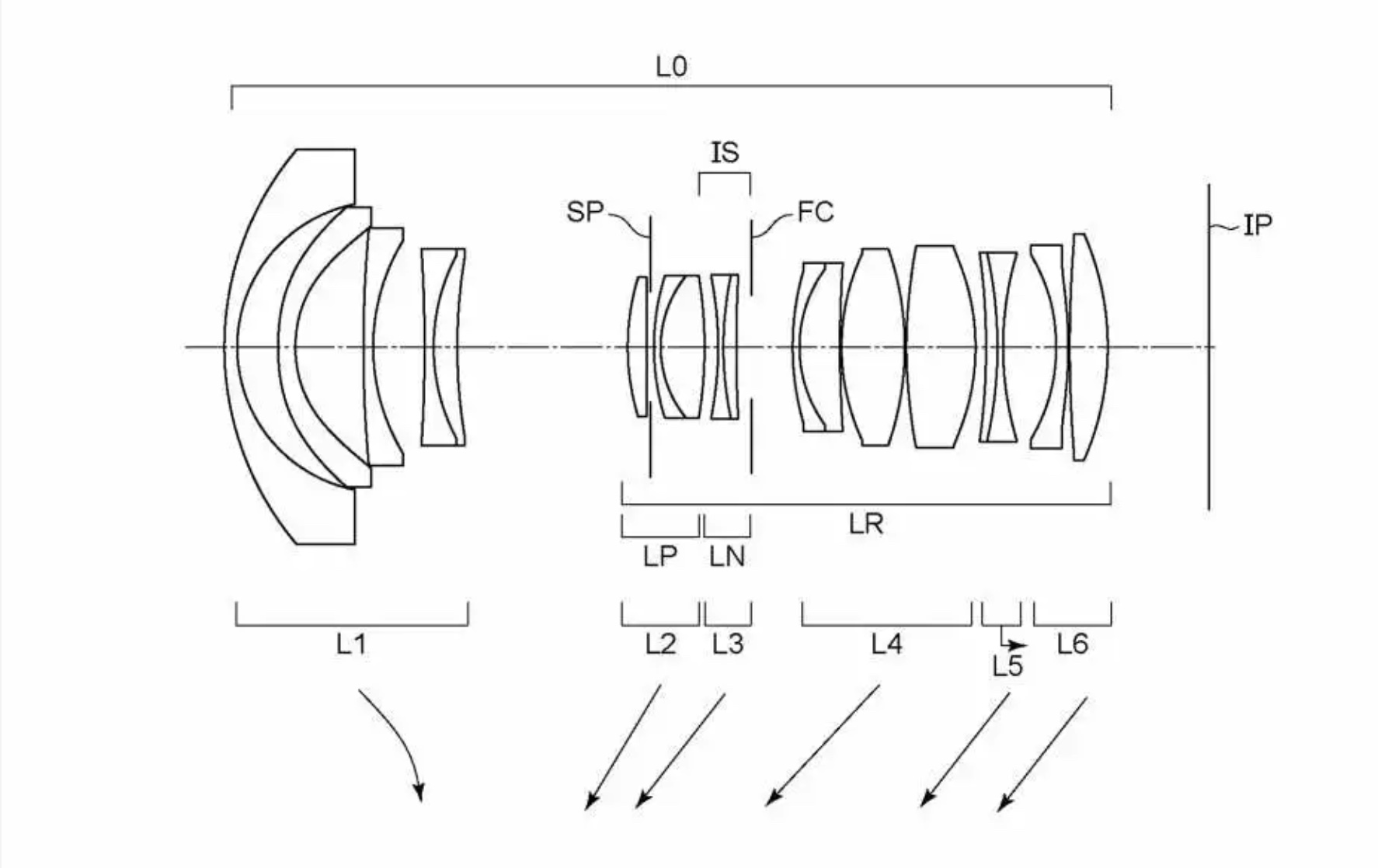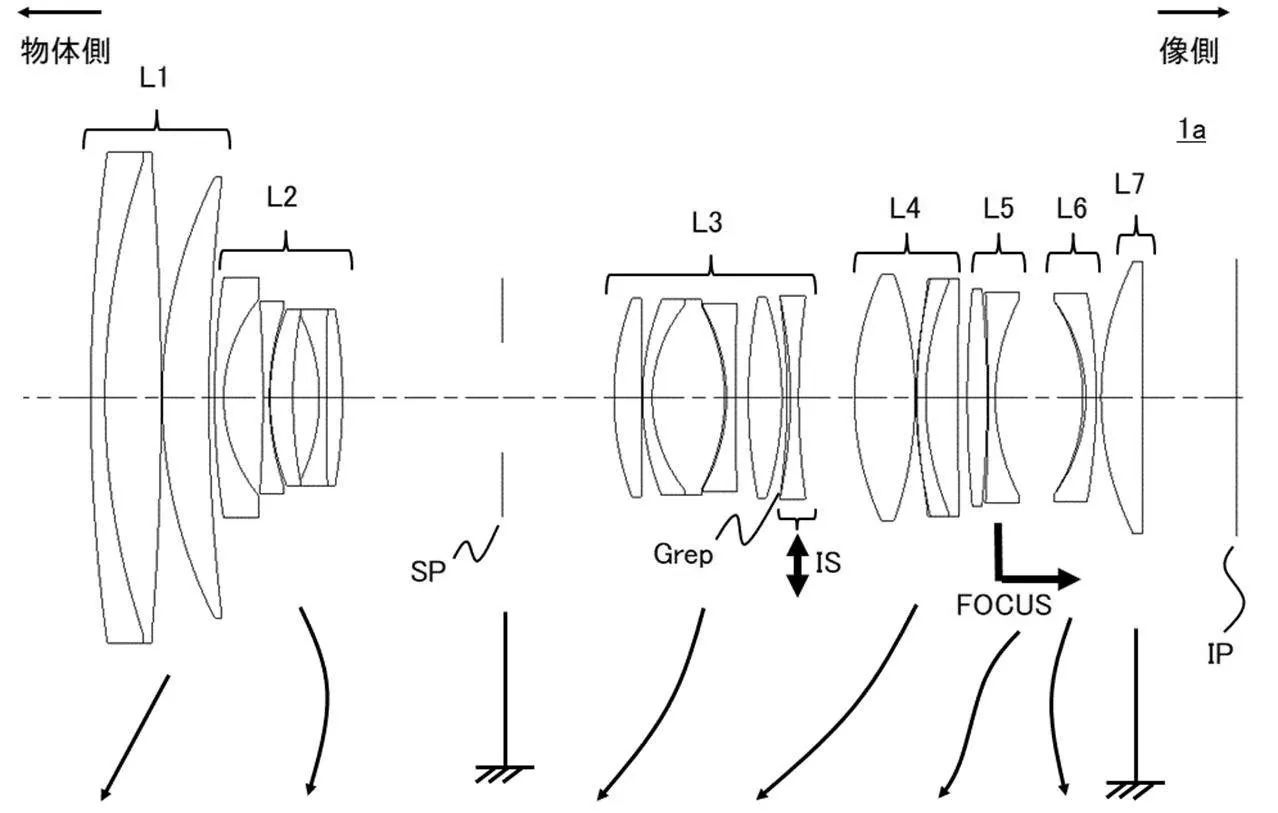Derogatory name calling and "I have observed" is no substitute for stats built on hundreds - if not thousands - of repairs involving thousands of use cases:
"All of that being said, do I want an autofocus lens that zooms and has a stabilized image? Yes, I do. But the simple reality is the more complex a lens is, the more likely it is going to be to fail someday. It is no coincidence that the lenses that last 120+ weeks at Lensrentals are generally primes without image stabilization, and the ones that frequent the most repaired list are usually zooms with image stabilization.
I’ll pause a second here for those of you who don’t believe in the laws of physics to say, “Well, my IS zoom has lasted 10 years without a problem.” That’s cool; statistics suggest many IS autofocus zooms will last 10 years if you’re careful with them.
But if we look at large numbers the failure rate will be higher for zooms than primes, for lenses with IS than lenses without it, and even for autofocus lenses than for manual focus lenses. I’m not certain about mechanical versus electronic apertures – we see similar numbers of failures in both."
Correction: Lenses called "Rokinon" in the "Weeks to Failure" rate incorrectly included Bower & Samyang branded products. Because of this error, data for lenses called "Rokinon" lenses has been removed. We apologize for this inaccuracy, and any confusion that may have resulted therefrom. What Is...
wordpress.lensrentals.com
You are welcome...



